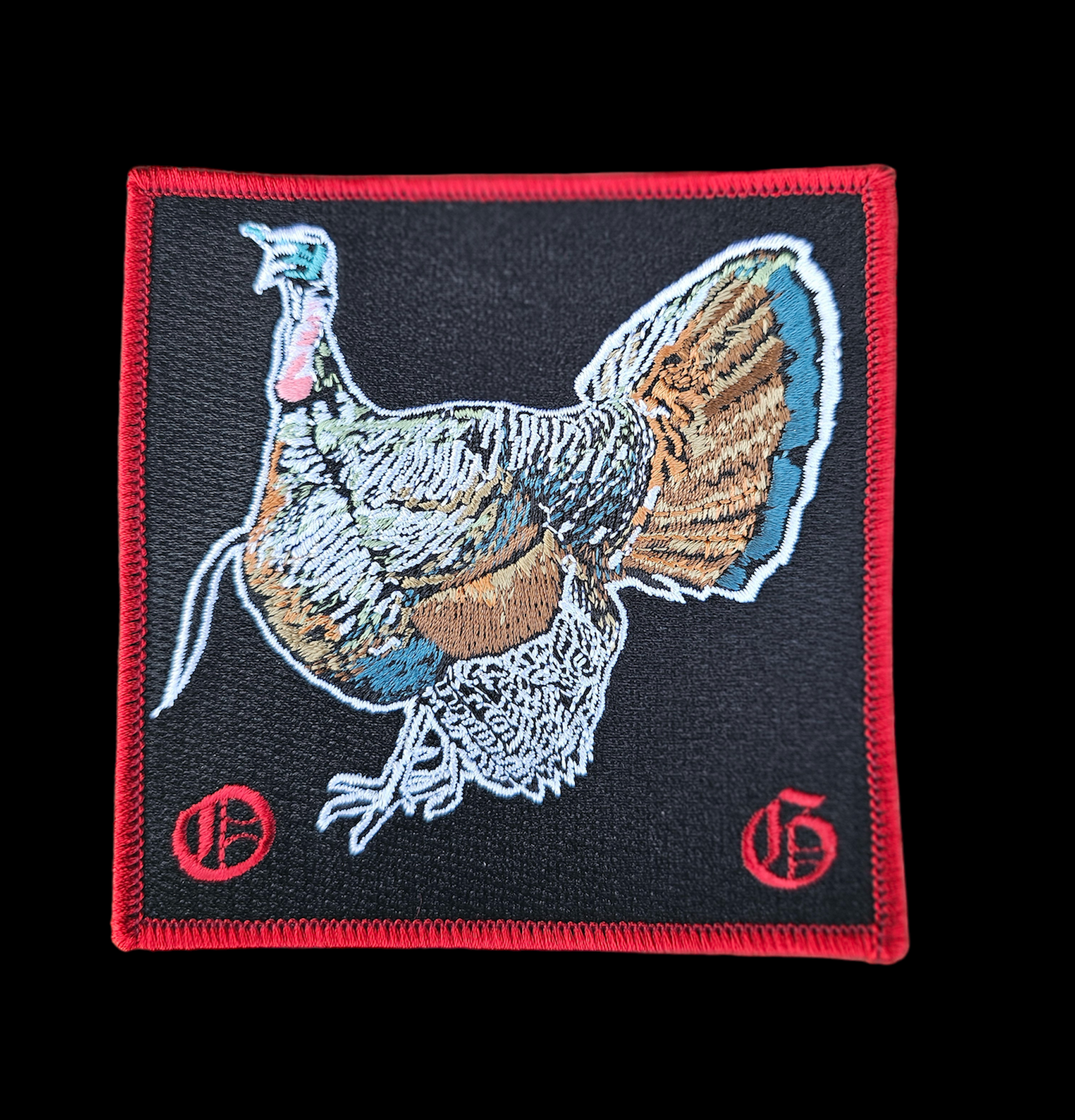       |
Turkey hunting forum for turkey hunting tipsThe world needs to eat less meat to save the planet
Tips for estimating distance?Started by Extendo Clip, May 10, 2018, 01:40:40 PM Previous topic - Next topic
User actions
|
       |
Turkey hunting forum for turkey hunting tipsThe world needs to eat less meat to save the planet
Tips for estimating distance?Started by Extendo Clip, May 10, 2018, 01:40:40 PM Previous topic - Next topic
User actions
|